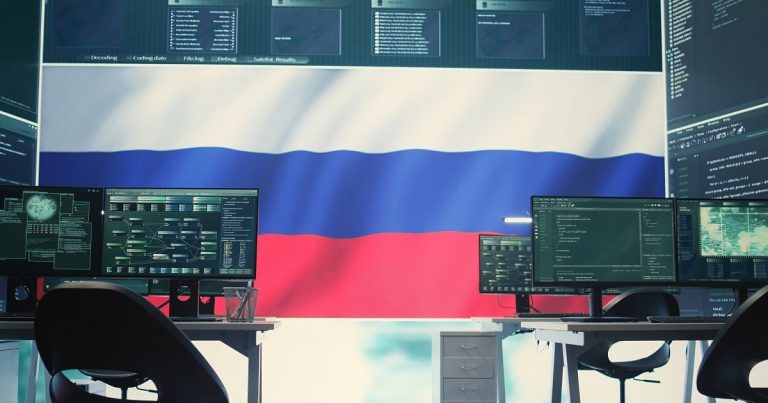The Evolving Landscape of Russian Disinformation: A Deep Dive into Tactics, Impact, and Countermeasures
Russian disinformation campaigns, a persistent and evolving challenge to Western democracies, have attracted significant attention and scrutiny over the past decade. From influencing elections and shaping policy to manipulating public opinion, these campaigns pose a multifaceted threat that demands comprehensive understanding and robust countermeasures. The methods employed are diverse, ranging from the blatant spread of fabricated news stories to more subtle techniques like manipulating social media algorithms and exploiting existing societal divisions. This complex web of disinformation necessitates a nuanced approach that considers the historical context, current trends, and potential future trajectories of these campaigns.
Dissecting the Disinformation Machine: Tactics and Targets
The core tactics of Russian disinformation campaigns often involve a blend of traditional propaganda techniques and sophisticated digital strategies. These campaigns frequently leverage social media platforms, bot networks, and online forums to amplify their message and reach a wider audience. Fabricated news articles, manipulated videos, and doctored images are disseminated strategically, often exploiting existing political polarization and societal anxieties. The targets of these campaigns are carefully selected, ranging from specific demographic groups within a country to influential political figures and institutions. By tailoring the disinformation to resonate with the target audience’s pre-existing biases and vulnerabilities, these campaigns aim to erode trust in democratic processes, sow discord within societies, and ultimately advance Russia’s geopolitical objectives.
Measuring the Impact: Quantifying the Effects of Disinformation
Assessing the impact of Russian disinformation campaigns presents a complex challenge. While anecdotal evidence and case studies suggest the potential for significant influence on elections, policy decisions, and public opinion, quantifying this impact with certainty is difficult. Factors such as the target audience’s pre-existing beliefs, the reach of the disinformation campaign, and the interplay with other factors influencing public discourse all contribute to the complexity of measuring impact. Furthermore, the covert and often indirect nature of these campaigns makes it challenging to establish a clear causal link between disinformation and specific outcomes. Nevertheless, ongoing research and analysis are crucial to understanding the true extent of the impact and developing effective counterstrategies.
Combating the Narrative: Strategies and Challenges in Countering Disinformation
Developing effective countermeasures to Russian disinformation requires a multi-pronged approach that addresses both the supply and demand sides of the problem. On the supply side, efforts to identify and disrupt the networks responsible for creating and disseminating disinformation are essential. This includes exposing the sources of disinformation, identifying and dismantling bot networks, and working with social media platforms to remove fake accounts and content. On the demand side, promoting media literacy and critical thinking skills among the public is crucial. Empowering individuals to identify and evaluate information critically can help mitigate the impact of disinformation campaigns. Furthermore, fostering independent and credible journalism can provide a reliable source of information that counteracts the narratives promoted by disinformation campaigns.
The Future of Disinformation: Adapting to Evolving Tactics and Technologies
The landscape of disinformation is constantly evolving, driven by advancements in technology and the ever-changing nature of the information environment. Artificial intelligence, deepfakes, and other emerging technologies have the potential to further amplify the reach and sophistication of disinformation campaigns. As technology advances, so too must the countermeasures. Developing strategies to detect and combat these emerging forms of disinformation is critical to maintaining a resilient and informed society. This requires ongoing research and development of new technologies and techniques to identify and counter disinformation, as well as continuous adaptation to the changing tactics employed by those spreading disinformation.
International Collaboration and Public Awareness: Key Elements of a Comprehensive Response
International collaboration and public awareness play crucial roles in countering the threat of Russian disinformation campaigns. Sharing information and best practices between countries can help strengthen collective defenses against these campaigns. This includes intelligence sharing, joint research initiatives, and coordinated efforts to expose and counter disinformation narratives. Raising public awareness about the methods and objectives of disinformation campaigns is equally important. Educating the public about the nature of disinformation, the tactics employed, and the potential consequences can empower individuals to become more discerning consumers of information and less susceptible to manipulation. Ultimately, a comprehensive and sustained effort that combines technological solutions, public awareness campaigns, and international collaboration is essential to addressing the multifaceted challenge of Russian disinformation.


